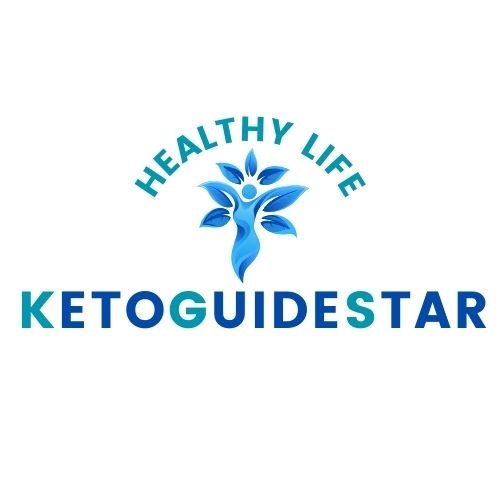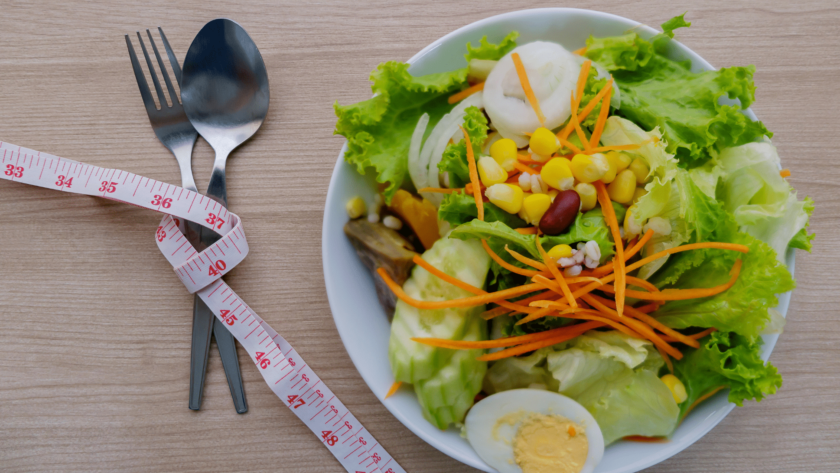Table of Contents
Are you tired of struggling to lose weight, despite your best efforts?
I know I was! For years, I felt like I was doing everything right, but the scale wouldn’t budge. It was incredibly frustrating.
Turns out, I was unknowingly making some common mistakes that were actually sabotaging my metabolism and hindering my weight loss progress.
In this blog post, I’ll share the five biggest mistakes I was making and how avoiding them finally helped me burn fat and lose weight. Ready to discover the secrets to unlocking your fat-burning potential? Keep reading!
Brief The Article:
5 Common Diet Mistakes to Avoid:
- Trying to artificially boost metabolism: Avoid stimulants like caffeine or herbal supplements, as they can lead to burnout and fatigue.
- Going on low-calorie diets: These can make your metabolism more efficient, leading to difficulty in losing weight later.
- Eating frequent small meals: This doesn’t actually boost metabolism and can trigger insulin, hindering fat burning.
- Overtraining: Excessive exercise without proper recovery can prevent weight loss and lead to other health issues.
- Relying on protein shakes: Many protein shakes can spike insulin levels. Opt for real, high-quality protein sources instead.
How to Lose Weight Healthily:
- Focus on getting healthy rather than just losing weight.
- Aim to enter a state of ketosis by lowering carbohydrate intake.
- Use fat as your primary fuel source.
- Incorporate moderate, high-quality protein in your diet.
- Practice high-intensity interval training with proper rest and recovery.
- Manage stress levels through exercise, walking, and adequate sleep.
- Be aware of the two main fat-making hormones: insulin and cortisol.
What Does a Healthy Diet Look Like?
- Be cautious of conventional dietary guidelines that recommend high grain intake and low-fat proteins.
- Consider the potential influence of the food industry on dietary recommendations.
- The article suggests doing the opposite of what conventional guidelines recommend for a truly healthy diet.
Key Takeaways:
- Understand metabolism: A slow metabolism is actually an efficient metabolism.
- Avoid common diet mistakes that can hinder weight loss.
- Focus on getting healthy to lose weight, not the other way around.
- Aim for ketosis to effectively burn fat.
- Be cautious of conventional dietary guidelines and their potential industry influences.
So let’s dive into the details…
How to burn fat and lose weight

I want to talk about the 5 diet mistakes that dieters make when they try to boost their metabolism. When we talk about metabolism, I’m talking about the speed rate at which you burn fat fuel. Okay, so that’s the topic for today.
Understanding Metabolism
Number one, the first mistake of trying to boost your metabolism is trying to boost your metabolism. Understand that a slow metabolism is not really a slow metabolism;
it’s an efficient metabolism. When I talk about efficiency, I’m talking about some machine that can run on a smaller amount of fuel more efficiently, and that’s exactly what a slow metabolism is.
key points
- Slow metabolism = Efficient metabolism
- Runs on less fuel for longer periods
- Good for survival, bad for weight loss
What is metabolism?
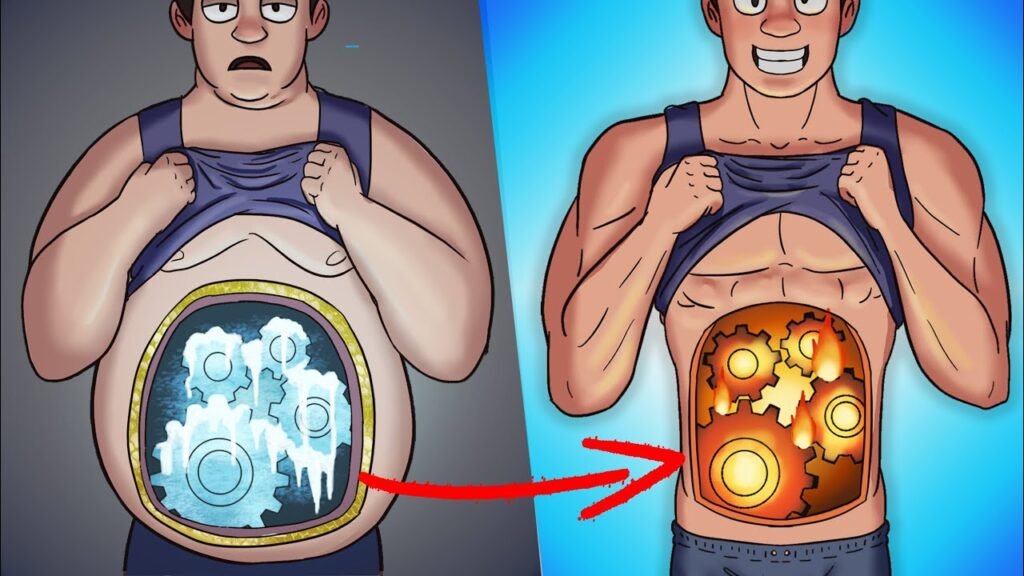
It’s not necessarily turned down; it’s just adapted to run on lesser amounts of fuel for a longer period of time.
This is a good thing if you’re trying to survive without food, but it’s a bad thing if you’re trying to lose weight.
Stimulating metabolism with caffeine or some type of herbal stimulant or some drug is a very bad idea because you’re going to burn out your metabolism,
you’re going to burn out your adrenals, and maybe you might lose initially a little bit, but in the long run, you’ll end up having fatigue and having all sorts of issues.
Common diet mistakes to avoid
Mistake #1: Trying to Boost Metabolism Artificially
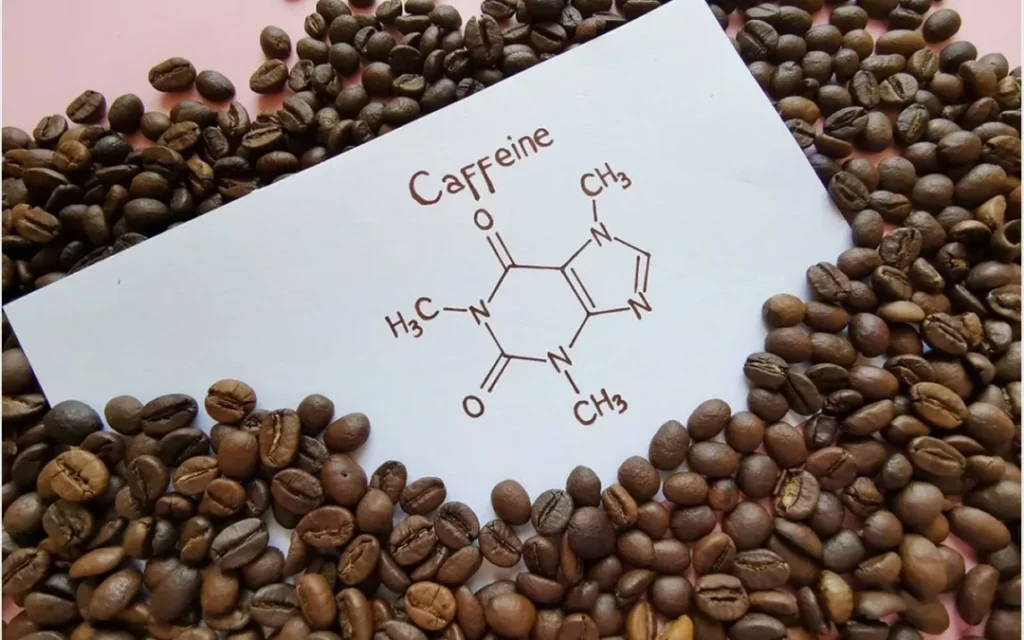
key points
- Avoid caffeine and herbal stimulants
- Can lead to burnout and fatigue
- Initial weight loss may not be sustainable
Mistake #2: Going on a Low-Calorie Diet
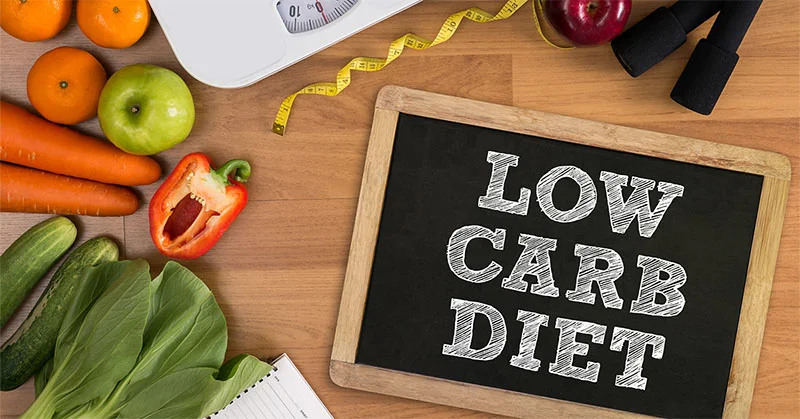
Number two, the second diet mistake is going on a diet. Okay, and I’m talking about a low-calorie diet. All your body is going to do is adapt to lower amounts of calories and become more efficient.
I will guarantee if you talk to anyone in their 40s, 50s, 60s with the appearance of a slow metabolism, they have a history of dieting.
They have a history of going on a low-calorie diet, and that really causes the metabolism to just work so efficiently that it doesn’t take much fuel to run it.
key points
- Low-calorie diets make metabolism more efficient
- Can lead to weight gain with small amounts of food
- History of dieting often results in a slower metabolism
Mistake #3: Eating Frequent Small Meals
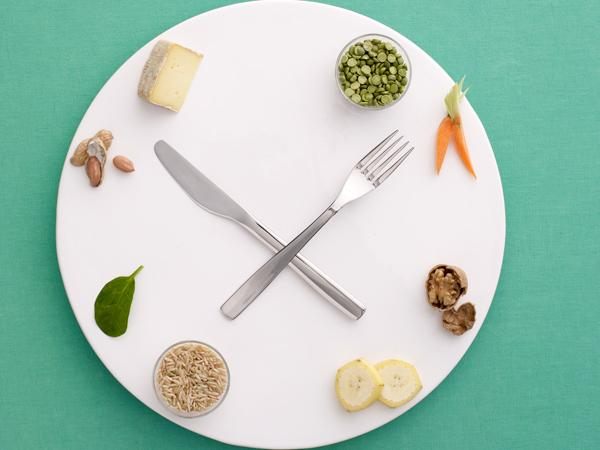
Number three, you’ve probably heard this before: stoke the metabolic flame by consuming six meals through the day, and whatever you do, don’t skip a meal because then you’re gonna slow your metabolism down, which is absolutely not true.
Eating more food or eating more frequent foods doesn’t stoke your metabolism fire. It doesn’t stimulate your metabolism or speed things up because every time you stoke that fire with eating, you trigger insulin.
key points
- Frequent meals don’t boost metabolism
- Insulin is triggered with each meal
- Insulin can prevent fat-burning
The Role of Insulin in Fat Burning
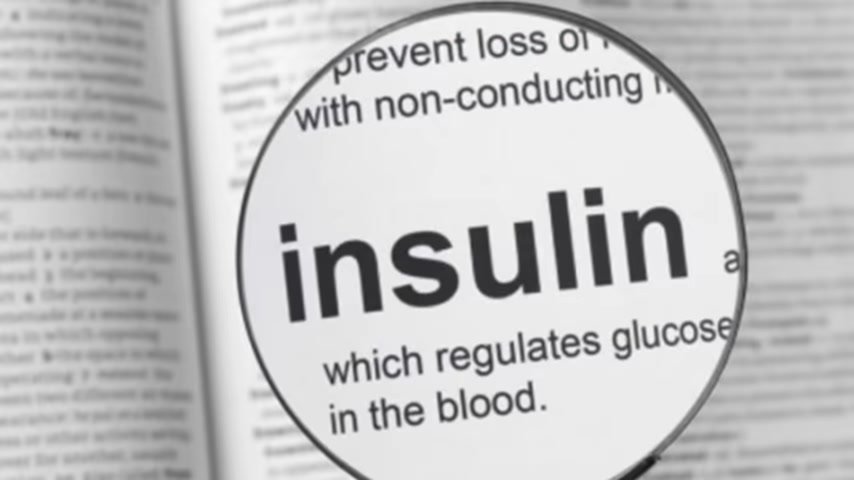
Insulin is the gatekeeper. It’s the switch that determines what type of fuel that you want to burn. So if you don’t already know this, when you’re trying to burn fat,
I think that would be the goal, just to focus the body into only burning fat, not burn up your glucose reserve. So now you’re hungry, and you’re starving, and you’re craving, right?
It’s to burn fat so that way you’re living on fat, and you have a lot more of it, and your appetite goes away, and you go longer with that.
To do that, you must lower insulin. You must lower your carbs. It’s the only way to tap into the fat because insulin is one of the major storing hormones that even in small amounts can prevent you from tapping into that fat.
So above all else, the lowering of your carbohydrates is going to be one of the most important things.
Mistake #4: Overtraining

Number four, you want to make sure you don’t over-train. Let me tell you a quick story of a patient who came to see me, and I’m not kidding.
She would work out, I think, six to seven hours a day at the gym, seven days a week. It was a full-time job, and all of a sudden, she started gaining weight, and she’s freaking out because no matter what she does, she can’t lose weight.
I mean, even the thought of telling her to back off that exercise, it just made her more stressed out. She’s a classic example of someone that’s over-training.
key points
- Overtraining prevents recovery
- Fat burning occurs in the recovery phase
- Excessive exercise can lead to weight gain
The Importance of Recovery and Sleep

I have another story to tell you. There was a lady who came to see me. She was 552, came in to try to lose weight, and she decided not to work with me.
Instead, she was going to go to the gym and work with her friend to exercise over a period of time to lose weight. Well, I saw her come back in my office a year later, really depressed, and she looked, if not the same, a little bit more overweight.
She basically told me she lifted I don’t know how many thousands of pounds of weight over the course of a year. I mean, like the workouts,
I think, were three times a week, two hours a workout, just all this effort, right? I think she said she lost a pound or two, but talk about depressing.
Here’s another example of someone that’s over-training, and her real problem was that she wasn’t able to sleep.
So all that exercise never had a chance to create any benefit in the recovery phase because she just couldn’t sleep. Her just, she was over-training, and it was just terrible.
All I did is help fix her sleep problem, and within three months, I think she lost some major, major weight. She looked really good.
Mistake #5: Relying on Protein Shakes
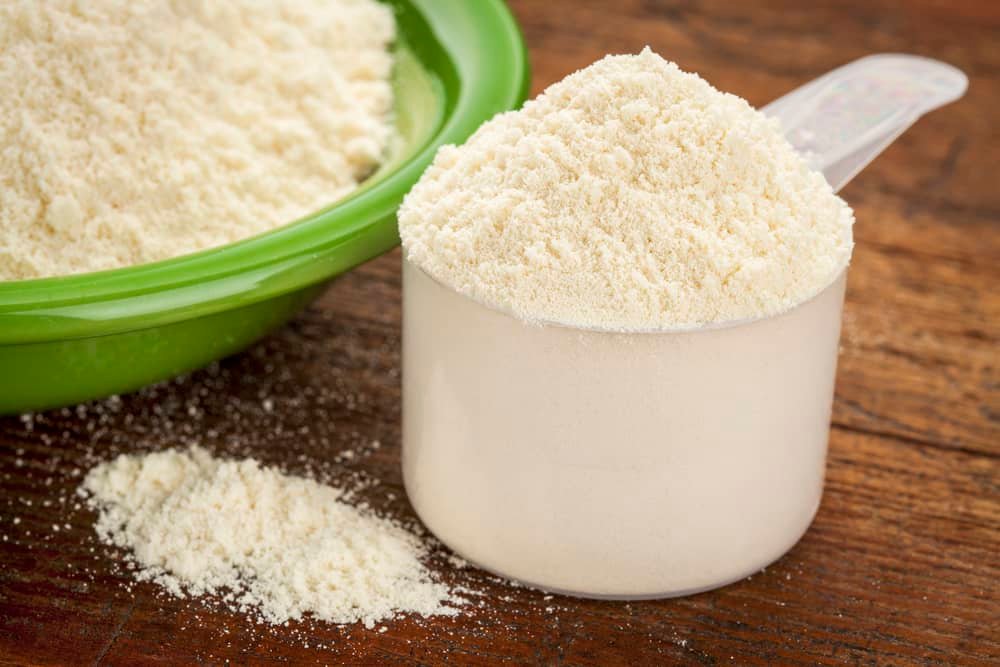
And number five, those protein shakes that everyone says to go ahead and consume those to help stimulate your metabolism. Well, here’s the data on protein.
Yes, it is true that protein does stimulate three of the fat-burning hormones, but the quality of protein is very, very important.
These protein shakes many times are not the best quality. Usually, they’re some type of refined protein powder that doesn’t come from nature.
I mean, even the whey protein powder is not natural. They’re taking out the fat. It’s very, very lean. It’s one of the highest things on the insulin index scale, the very hormone we’re trying to avoid.
key points
- Quality of protein matters
- Refined protein powders can spike insulin
- Real meat protein is preferable
How to lose weight healthily
Focus on Getting Healthy, Not Just Losing Weight
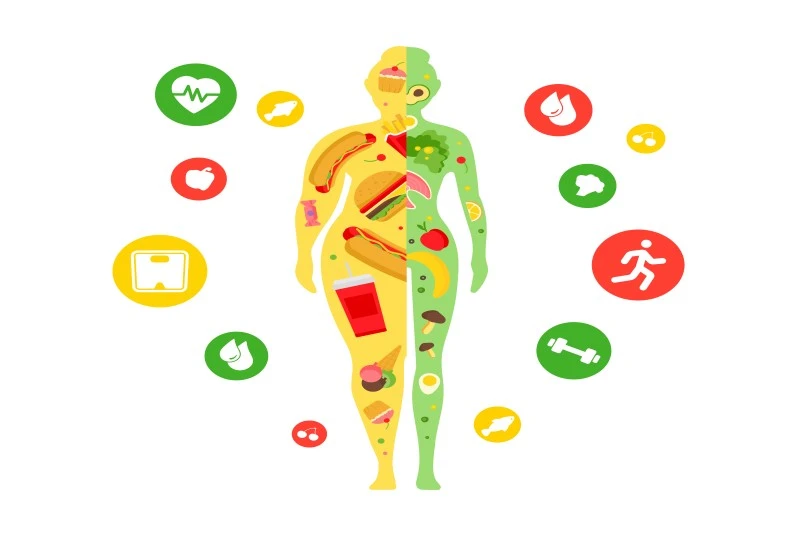
So here’s a really important concept: it’s not lose weight to get healthy; it’s get healthy to lose weight. Okay, if you just focus on getting healthy and using fat as your fuel, you will lose weight.
But realize in the process, something has to happen first. You have to first convert your body into the state of ketosis.
That could take a little bit of time, and the way that you know that you’re in ketosis is that your appetite goes away. You’re no longer craving for anything.
Okay, you’re able to do intermittent fasting, go longer periods of time without eating, but because you have adapted to your fat, it’s not going to create a stressful situation.
It’s not going to create a more efficient metabolism.
Creating an Inefficient Metabolism for Fat Burning
Think about this: you have a very efficient car, right, which is a person with a kind of a slow metabolism. Then maybe you have a Hummer, which is basically a fuel hog. It wastes fuel.
That’s what you want. You want to create a system that wastes a lot of fat so you can get this fat off your body.
You don’t want to create a more efficient system unless you’re going to be in an environment where you’re not going to have a lot of food.
Then maybe it’s a good idea. Let’s say, for example, in that series “Naked and Afraid,” right, where you have to get your own food.
Well, someone with a very efficient metabolism would survive much better. Okay, in that environment. So maybe having this efficient metabolism would be a really good thing if you enrolled in that TV program, but other than that, it’s not the best idea.
Strategies for Healthy Fat Burning

We want to waste fuel. We want to waste a lot of fat fuel. You can do that with ketosis by lowering your carbohydrates. You want to burn fat as fuel.
Okay, so how do you do that? Moderate high-quality protein will stimulate glucagon and growth hormone and testosterone,
and if you do high-intensity interval training with lots of rest and good recovery, that will stimulate adrenaline, which also can help you burn fat. But more importantly, it’s to understand what to avoid.
key points
- Lower carbohydrates to enter ketosis
- Use moderate high-quality protein
- Incorporate high-intensity interval training
- Focus on rest and recovery
Hormones to Watch: Insulin and Cortisol
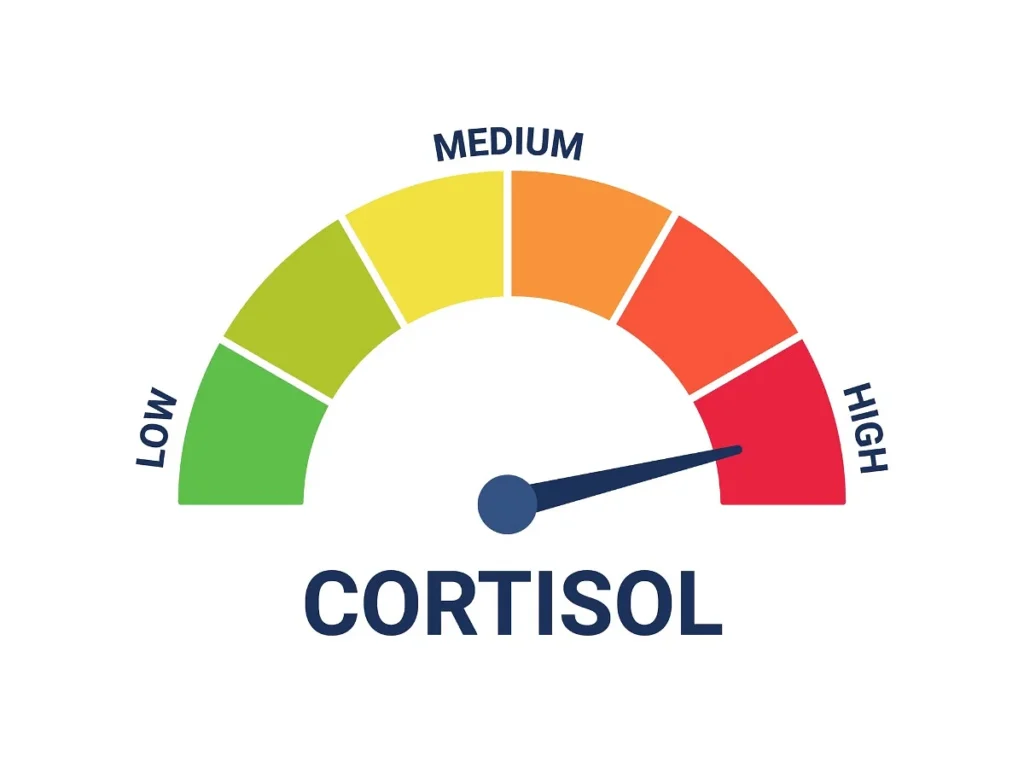
Okay, because there are two fat-making hormones: the big one is insulin, and that’s related to eating carbohydrates. So you have to keep your carbs low. And cortisol.
Cortisol is another fat-making hormone, especially in your midsection. It mobilizes even your proteins and turns that into sugar, which then is converted to fat.
A lot of the fat-making actions of cortisol happen because cortisol will eventually trigger insulin. And so keeping your stress low by exercising, walking, sleeping is vital.
Learn more about what a healthy diet looks like!
Critiquing Conventional Dietary Guidelines
The other question is, what do you actually eat to be healthy? Well, for that, just look at the dietary guidelines.
You know, the dietary guidelines that are influenced by The Academy of Nutrition and Dietetics, right? They are the source of science-based nutrition and food therapy.
Most of them are dietitians; others are assistants to dietitians. But the dietitian is the most influential individual involved in food policy that has given us this food pyramid or these dietary guidelines, right, which are considered to be healthy.
And what they say is that you should pretty much have half your plate grains and then the other half fruits and vegetables, and make sure you have low-fat proteins.
If you go to the website called eatright.org, you’ll see right at the top they are the most trusted. Okay, in food and nutrition. But you know, there’s this one little tiny issue I have with that.
Questioning the Source of Dietary Advice
There’s a man by the name of Ruskin who requested some documents through the Freedom of Information Act, and he got 80,000 documents, emails, correspondence between the Academy of Nutrition and Dietetics and the food industry.
Quite a few cozy relationships between these two groups. I think the way I would use their site and information is I would see what they’re recommending and do the exact opposite, and then you’ll really discover what a truly healthy diet would look like.
So to get that information on exactly what to eat that’s healthy, you should check this topic out right here.
Additional-resources
Download My Free Beginner’s Guide to Healthy Keto and Fasting
Summary
The top mistakes dieters make:
- Trying to boost metabolism
A slow metabolism is not really a slow metabolism at all—it’s an efficient metabolism. Stimulating your metabolism is a bad idea because you’ll burn it out. - Going on a low-calorie diet
Many people who appear to have a slow metabolism have a history of going on low-calorie diets. - Stoking the metabolic flame
People do this by consuming six small meals throughout the day. But eating frequently doesn’t speed up your metabolism. Every time you eat, you stimulate insulin. Even in small amounts, insulin can prevent you from burning fat. - Overtraining
Fat burning occurs in the recovery phase. Overtraining doesn’t allow your body to recover. - Consuming processed protein shakes
Protein stimulates three of the fat-burning hormones. But, the quality of the protein is crucial. Many protein shakes are refined and are of poor quality. The protein powders are also typically very high on the insulin index scale. Try consuming high-quality animal protein instead.
- Remember, it’s not “lose weight to get healthy.” It’s “get healthy to lose weight.” Switching to using fat as your fuel instead of glucose and converting your body into a state of ketosis will help you lose weight.
- You’ll know you’re in ketosis when you can do intermittent fasting and your appetite and cravings disappear.
- To burn fat as fuel, you must consume moderate amounts of high-quality protein and avoid high-carb foods. High-intensity interval training with a lot of recovery will also help you burn fat. On top of that, you need to keep your stress low and get plenty of sleep when trying to lose weight.
FAQ
What 3 foods are bad for your metabolism?
While individual responses may vary, three foods that are generally considered harmful to metabolism are:
- Processed sugary foods: These can lead to insulin spikes and crashes, affecting your metabolic rate.
- Trans fats: Found in some processed foods, they can interfere with your body’s ability to burn fat.
- Alcohol: It can slow down your metabolism as your body prioritizes processing alcohol over burning fat.
Tip: Focus on whole, unprocessed foods to support a healthy metabolism.
What are the 3 metabolism killers?
Three major factors that can negatively impact your metabolism are:
- Lack of sleep: Poor sleep can disrupt hormones that regulate metabolism.
- Chronic stress: High cortisol levels can lead to increased fat storage and slower metabolism.
- Sedentary lifestyle: Lack of physical activity can slow down your metabolic rate.
Tip: Prioritize good sleep, stress management, and regular exercise to boost your metabolism.
What foods should I avoid on a fast metabolism diet?
On a fast metabolism diet, it’s generally recommended to avoid:
- Refined carbohydrates: White bread, pasta, and sugary snacks can cause blood sugar spikes.
- Processed meats: These often contain additives and unhealthy fats.
- Artificial sweeteners: They may interfere with your body’s natural metabolic processes.
- High-fat dairy products: These can be calorie-dense and may slow digestion.
Tip: Focus on lean proteins, fruits, vegetables, and whole grains to support a fast metabolism.
What is the biggest mistake people make when trying to lose weight?
One of the biggest mistakes is drastically cutting calories. This can lead to:
- Metabolic slowdown: Your body may enter “starvation mode,” conserving energy and slowing metabolism.
- Nutrient deficiencies: Severe calorie restriction can lead to inadequate nutrient intake.
- Muscle loss: Without proper nutrition, your body may break down muscle for energy.
- Unsustainable habits: Extreme diets are often difficult to maintain long-term.
Tip: Aim for a moderate calorie deficit and focus on nutrient-dense foods for sustainable weight loss.
Foods to avoid when losing belly fat
When targeting belly fat, it’s advisable to limit or avoid:
- Sugar-sweetened beverages: These can contribute to visceral fat accumulation.
- Fried foods: High in unhealthy fats and calories, they can promote weight gain.
- Refined grains: White bread, pasta, and rice can lead to blood sugar spikes.
- Alcohol: Excessive consumption can contribute to increased belly fat.
- High-sodium foods: These can cause water retention and bloating.
Tip: Focus on a balanced diet rich in fiber, lean proteins, and healthy fats to support belly fat loss.
How to stop your metabolism from slowing down when dieting
To maintain a healthy metabolism while dieting:
- Avoid extreme calorie restriction: Gradual reduction is more sustainable.
- Incorporate strength training: Building muscle helps boost metabolism.
- Eat protein with every meal: Protein has a high thermic effect, aiding metabolism.
- Stay hydrated: Proper hydration supports metabolic functions.
- Get enough sleep: Aim for 7-9 hours per night to support hormone balance.
Tip: Regular, balanced meals and consistent exercise can help maintain a healthy metabolic rate.
Weight loss mistakes beginners make
Common mistakes to avoid when starting a weight loss journey include:
- Setting unrealistic goals: Aim for gradual, sustainable weight loss.
- Neglecting strength training: Building muscle is crucial for long-term weight management.
- Focusing solely on cardio: A balanced exercise routine is more effective.
- Overlooking portion sizes: Even healthy foods can contribute to weight gain if overeaten.
- Ignoring sleep and stress: Both play crucial roles in weight management.
Tip: Focus on creating sustainable lifestyle changes rather than quick fixes.
5 fruits to avoid for weight loss
While fruits are generally healthy, some may hinder weight loss due to high sugar content:
- Dried fruits: Concentrated in calories and sugar.
- Grapes: High in natural sugars and easy to overeat.
- Mangoes: High in calories and natural sugars.
- Bananas: Higher in calories compared to other fruits.
- Canned fruits in syrup: Often contain added sugars.
Tip: Opt for lower-sugar fruits like berries, citrus fruits, and apples in moderation.
14 foods you can eat and not gain weight
Some foods that are filling yet low in calories include:
- Leafy greens (spinach, kale)
- Cucumbers
- Celery
- Broccoli
- Cauliflower
- Zucchini
- Tomatoes
- Watermelon
- Strawberries
- Grapefruit
- Egg whites
- Lean chicken breast
- White fish
- Greek yogurt (non-fat)
Tip: These foods are nutrient-dense and can help you feel full while maintaining a calorie deficit.
Slow metabolism symptoms
Signs that may indicate a slow metabolism include:
- Persistent fatigue
- Weight gain or difficulty losing weight
- Constipation
- Dry skin
- Hair loss
- Frequent headaches
- Feeling cold often
- Depression or mood changes
Tip: If you experience these symptoms persistently, consult a healthcare professional for proper diagnosis.
Food to avoid to lose weight very quickly
While rapid weight loss isn’t always healthy, avoiding these foods may help:
- Sugary drinks and snacks
- Processed and fast foods
- White bread and pasta
- High-fat dairy products
- Alcohol
- Foods high in sodium
- Fried foods
Tip: Focus on whole, nutrient-dense foods and consult a healthcare professional before starting any rapid weight loss plan.
How to lose weight with a slow metabolism
Strategies to overcome a slow metabolism include:
- Increase protein intake: Helps build muscle and boost metabolism.
- Incorporate HIIT workouts: High-intensity interval training can increase metabolic rate.
- Strength training: Building muscle mass increases resting metabolic rate.
- Stay hydrated: Proper hydration supports metabolic functions.
- Get enough sleep: Aim for 7-9 hours to support hormone balance.
- Manage stress: Chronic stress can slow metabolism.
- Eat regularly: Small, frequent meals can help maintain metabolic rate.
